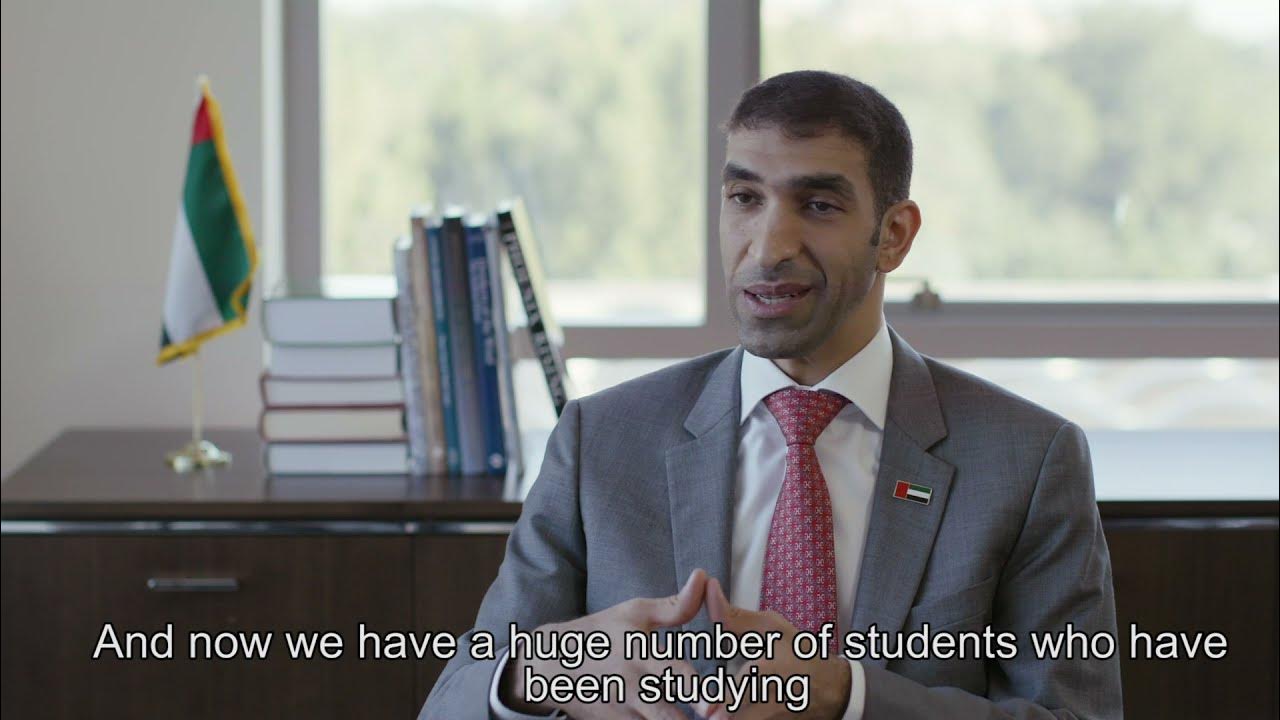Why Don’t We Put Solar on ALL Rooftops?
Summary
TLDRThis video explores the potential of rooftop solar as an alternative to utility-scale solar farms, addressing environmental and social concerns associated with large-scale clean energy projects. It discusses the technical and geographical potential of solar power, the challenges of implementation, and innovative dual-use solutions like agrivoltaics and floatovoltaics. The script questions whether rooftop solar alone could meet our energy needs while avoiding ecological consequences, highlighting the complexity of balancing land use with renewable energy growth.
Takeaways
- 🌱 The expansion of utility-scale solar and wind parks is causing environmental and social concerns, not just aesthetic issues.
- 🏡 Rooftop solar is considered as an alternative to large-scale solar farms, avoiding some of the legal and ecological challenges.
- 💧 Solar farms can consume significant amounts of water during construction, affecting local water supplies and aquifers.
- 🐾 Construction of solar farms can lead to the displacement of wildlife and destruction of natural habitats.
- 📈 The U.S. is experiencing a grid connection backlog, delaying the implementation of new renewable energy projects.
- 🔄 Rooftop solar can bypass certain obstacles like impact studies and grid connection queues, using existing space.
- 🔆 The potential of rooftop solar is complex to calculate, involving physical, geographic, and technical factors.
- 📊 A study in Seoul's Gangnam district showed that rooftop solar could theoretically cover a significant portion of the city's energy needs.
- 🌐 The actual implementation of solar energy is influenced by a range of factors including costs, policies, and public acceptance.
- 🌾 Innovative approaches like agrivoltaics and solar grazing combine solar energy generation with agriculture for mutual benefits.
- 🌊 Floatovoltaics, or floating solar panels on bodies of water, offer a flexible and space-efficient way to harness solar energy.
Q & A
What is the main challenge of expanding renewable energy capacity according to the script?
-The main challenge is the delicate balancing act of land use, which involves not just NIMBYism, but also serious environmental and social concerns.
Why is the expansion of utility-scale solar and wind parks complicated?
-The expansion is complicated due to the potential negative impacts on water supplies, construction noise, dust storms, glare, and displacement of wildlife, as well as legal and ecological consequences.
What is the acronym 'NIMBYism' mentioned in the script, and what does it refer to?
-NIMBYism stands for 'Not In My Back Yard,' which refers to the opposition from residents to a project in their local area that they perceive as having negative impacts.
What is the potential of rooftop solar in terms of energy generation according to the script?
-The script suggests that rooftop solar has a significant potential, but it does not provide a specific figure, as it varies greatly depending on various factors such as location, available rooftop area, and the efficiency of solar panels.
What are the advantages of rooftop solar over utility-scale solar farms as mentioned in the script?
-Rooftop solar can avoid legal hassles, ecological consequences, and the need for land acquisition. It also allows for the use of power generated onsite without reliance on transmission lines.
What is the 'interconnection queues' mentioned in the script, and why is it a problem?
-The 'interconnection queues' refers to the backlog of renewable energy projects waiting for grid connection in the U.S. It is a problem because it delays the implementation of these projects, causing a bottleneck in the expansion of renewable energy.
What is the significance of the study conducted by Yonsei University researchers mentioned in the script?
-The study is significant as it provides a detailed analysis of the physical, geographic, and technical potential of rooftop solar in Seoul's Gangnam district, highlighting the gap between the theoretical potential and the actual electricity generation achievable.
What does the term 'technical potential' refer to in the context of the script?
-In the script, 'technical potential' refers to the maximum amount of energy that can be generated by a solar system in a specific environment, without considering market, economic, or policy constraints.
What is the concept of 'agrivoltaics' mentioned in the script, and how does it benefit both agriculture and solar energy generation?
-Agrivoltaics is a concept where solar panels are integrated with agricultural practices. It allows for mutual benefits such as protecting crops, reducing water usage, providing shade for animals, and attracting pollinators, while also generating solar energy.
What is 'floatovoltaics' as discussed in the script, and what are its potential applications?
-Floatovoltaics refers to solar panels installed on bodies of water, such as lakes or irrigation canals. It allows for the generation of solar energy while utilizing space that does not interfere with land-based activities, like farming or water management.
What is the conclusion of the script regarding the future of solar energy deployment?
-The script concludes that dual-use implementation of solar energy, such as agrivoltaics and floatovoltaics, is key to maximizing the potential of solar energy without requiring large-scale land clearance.
Outlines

Cette section est réservée aux utilisateurs payants. Améliorez votre compte pour accéder à cette section.
Améliorer maintenantMindmap

Cette section est réservée aux utilisateurs payants. Améliorez votre compte pour accéder à cette section.
Améliorer maintenantKeywords

Cette section est réservée aux utilisateurs payants. Améliorez votre compte pour accéder à cette section.
Améliorer maintenantHighlights

Cette section est réservée aux utilisateurs payants. Améliorez votre compte pour accéder à cette section.
Améliorer maintenantTranscripts

Cette section est réservée aux utilisateurs payants. Améliorez votre compte pour accéder à cette section.
Améliorer maintenant5.0 / 5 (0 votes)






